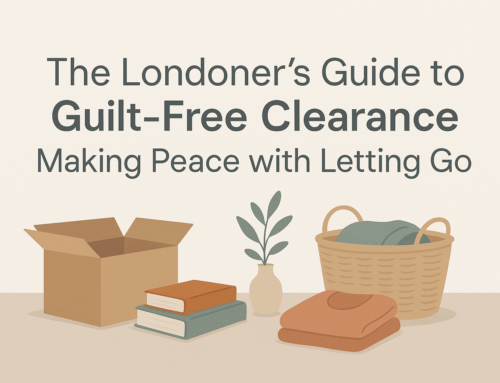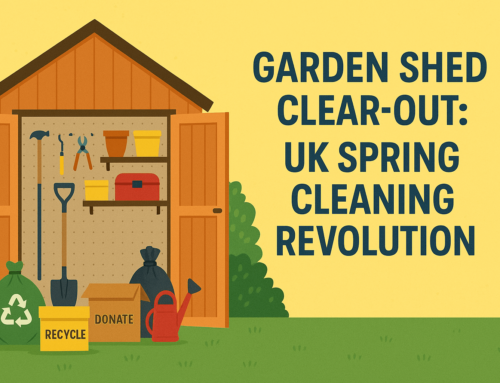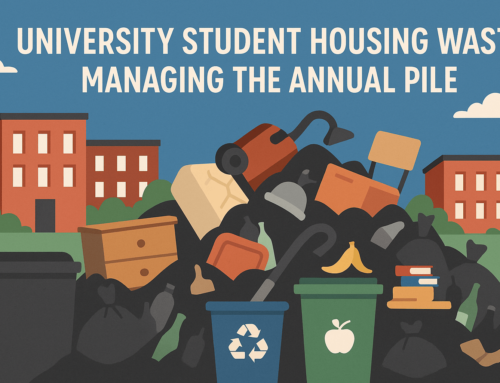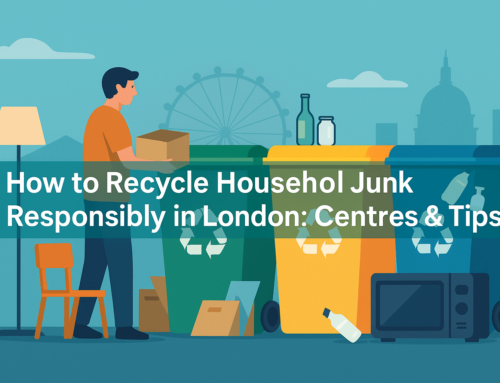Looking for practical family decluttering tips that actually work? Modern homes quickly fill with toys, gadgets, and forgotten items, leaving families feeling overwhelmed and disorganised. Tackling every room at once feels impossible — but the one-bin challenge makes it manageable.
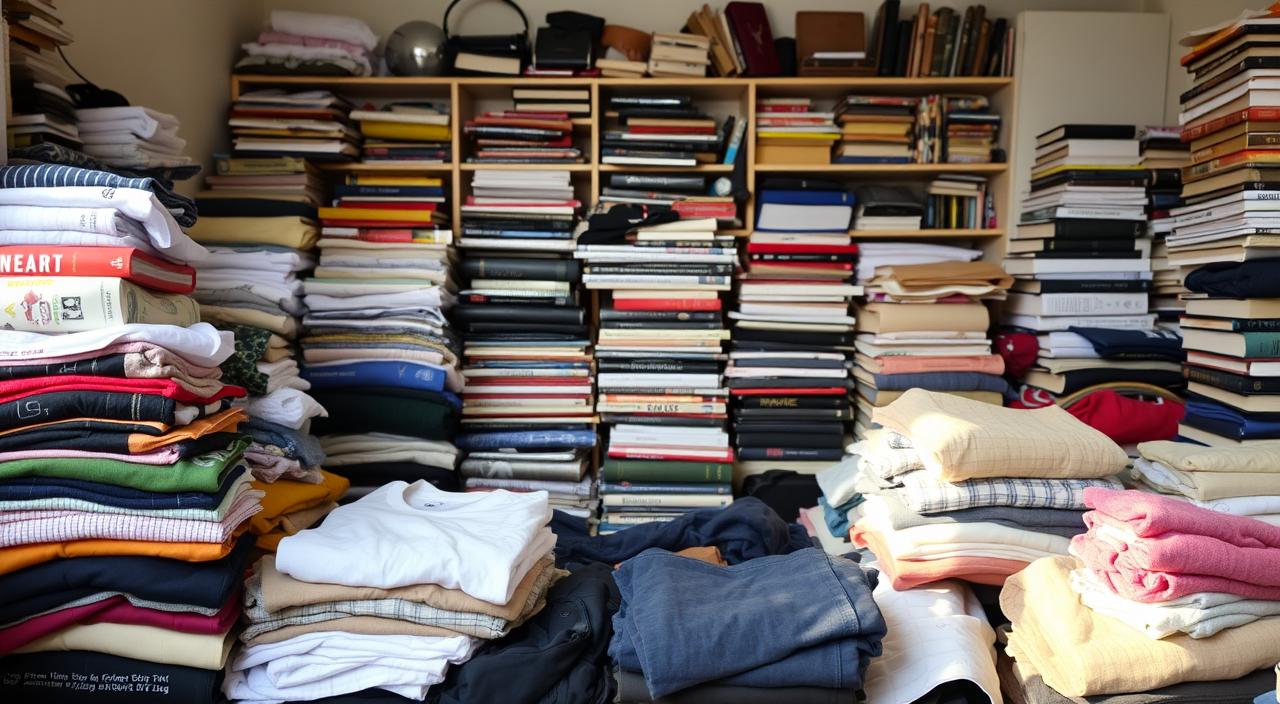
This 7-day approach turns decluttering into a family-friendly activity that fits busy lifestyles. Each person uses one container per day to collect unwanted items from a specific room. Together, you’ll simplify your home, reduce stress, and teach children the value of mindful consumption.
Key Takeaways
| Principle | Benefit |
|---|---|
| The “one-bin” challenge breaks decluttering into daily tasks | Reduces stress and overwhelm |
| Each person tackles one room per day | Encourages teamwork and accountability |
| Focus on progress, not perfection | Builds sustainable habits |
| Create simple storage systems | Keeps your home organised |
| Teach children mindful consumption | Builds lifelong awareness of waste |
Understanding the One-Bin Challenge
Attempting to declutter the entire home in one sweep can lead to frustration and burnout. A room-by-room approach allows concentration, visible progress, and emotional satisfaction.
Every completed space provides a confidence boost. By focusing on one area at a time, you prevent items from being shuffled around and instead make decisive choices about what stays.
Organisation expert Dana K. White highlights that containers serve as natural limits — when they’re full, you’ve reached the clutter boundary. This psychological rule is essential for maintaining long-term order.
Why the Room-by-Room System Works
Trying to declutter the whole house in one go can lead to burnout. A room-by-room approach builds momentum through visible wins.
Each completed room acts as a motivational checkpoint. Families stay focused, avoid moving clutter from one space to another, and enjoy a growing sense of order.
According to organisation expert Dana K. White, containers act as boundaries — when they’re full, it’s time to stop collecting and start making decisions. That mindset is key to preventing new clutter from creeping back in.
Practical Family Decluttering Tips

You don’t need full weekends to transform your home. Consistency matters more than intensity. Here are some small but effective daily habits:
| Daily Habit | Time Commitment | Main Benefit | Family Participation |
|---|---|---|---|
| Basket Sweep | 10 minutes | Returns misplaced items | Rotate daily |
| One-In, One-Out Rule | Instant | Prevents accumulation | Everyone applies |
| Landing Station Reset | 5 minutes | Keeps entryway tidy | Individual task |
| 15-Minute Challenge | 15 minutes | Clears focused area | All together |
Establish a “one in, one out” rule: every time something new enters the home, one old item must leave. This simple principle keeps possessions balanced and teaches kids mindful decision-making.
Set up a landing station by your front door with dedicated spots for shoes, bags, and keys. When every item has a place, clutter stays under control.
How to Prepare for a 7-Day Decluttering Game
Before the challenge begins, walk through your home as a family. Identify clutter hotspots — common problem zones like kitchen counters, coffee tables, or toy corners.
Gather supplies from what you already own: laundry baskets, boxes, or reusable shopping bags. There’s no need to buy expensive organisers.
Preparation Plan
| Step | Time Required | Equipment | Goal |
|---|---|---|---|
| Walkthrough & List | 15 min | Notepad | Identify clutter zones |
| Gather Bins | 10 min | Boxes/Bags | Ready for sorting |
| Set Categories | 5 min | Labels | Keep, Re-home, Donate |
| Family Briefing | 10 min | Personal bins | Everyone understands the plan |
Designate a small area as your sorting zone. Label boxes for “Keep,” “Donate,” and “Recycle.” Once a bin fills up, act immediately — deliver donations or book a collection slot online.
💡 Tip: For large volumes, you can book an eco-friendly collection through Rubbishman’s recycling services to ensure responsible disposal and minimal waste.
Decluttering by Category: Clothes, Books, and Miscellaneous
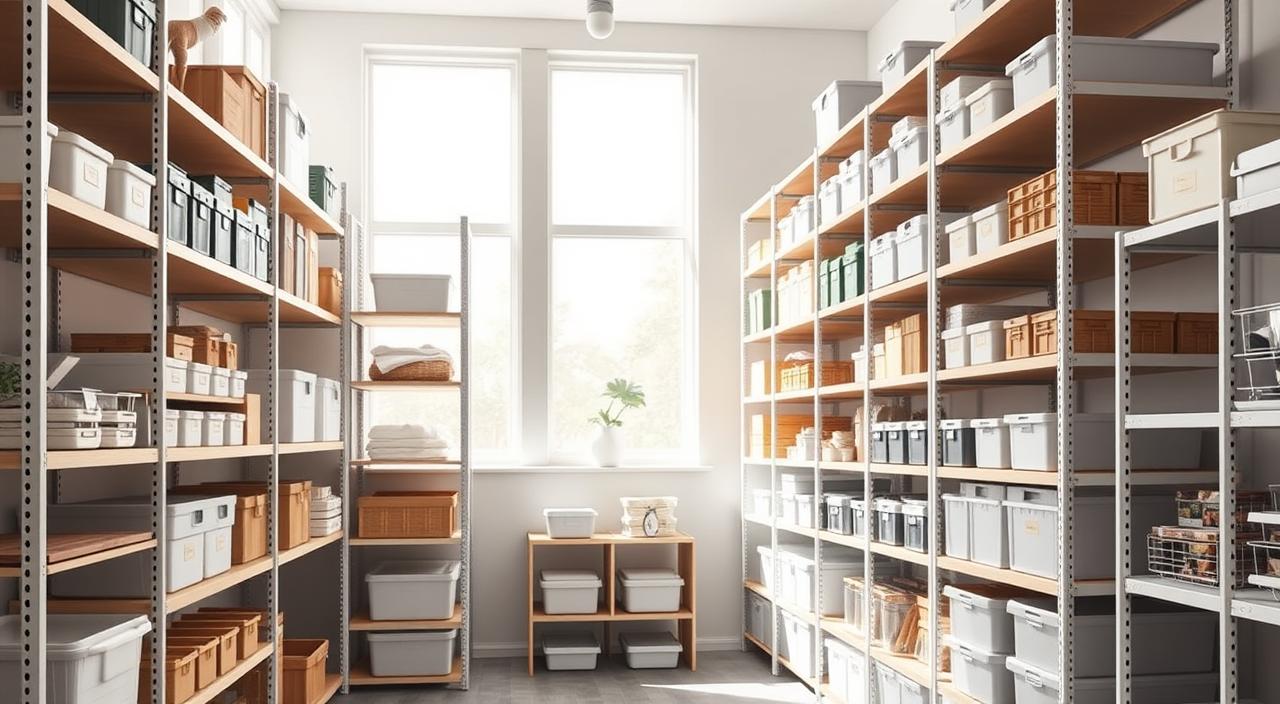
Decluttering by type instead of room can be useful when multiple family members share spaces. Start with clothes, as they’re usually the easiest decisions.
Clothes:
- Gather everything from wardrobes, drawers, and laundry areas.
- Try the hanger test — after wearing an item, flip its hanger. After a few weeks, donate anything untouched.
- Fold vertically in drawers to see every piece at a glance.
Books:
- Group by category: fiction, cookbooks, and reference guides.
- Keep favourites and donate duplicates or unfinished reads to libraries or schools.
Miscellaneous Items:
- Address kitchens and bathrooms last.
- Check expiry dates, discard duplicates, and keep only items you use weekly.
This method reveals patterns of excess and helps families recognise how much “stuff” accumulates invisibly.
Decluttering with Compassion and Clarity
Possessions often carry emotional weight — gifts from loved ones, childhood art, or keepsakes. When deciding whether to keep something, ask: 👉 “Does this make me happy, or does it make me feel guilty?”
Holding onto unused items out of guilt adds stress. Instead, give them a meaningful second life. Donate toys to local charities, or gift books to community libraries.
For sentimental pieces, take a photo before parting with them. Display a few meaningful items beautifully rather than storing boxes of forgotten mementoes.
External resource: explore more mental health benefits of organised living on the NHS website.
Smart Systems for Long-Term Organisation
Decluttering without systems means clutter will soon return. Build simple routines that make tidiness automatic.
Core Organisation Principles
| Storage Rule | Example | Benefit |
|---|---|---|
| Containers as Boundaries | One toy box per child | Prevents overflow |
| Point-of-Use Storage | Cleaning supplies per room | Saves time |
| Accessibility Hierarchy | Daily items at eye level | Streamlines chores |
| Category-Specific Spots | Art supplies drawer | Easy maintenance |
Place items where you use them. Store utensils near the cooker, cleaning cloths under each sink, and homework supplies close to the table. Logical layouts prevent clutter from spreading.
Time Management and Tiny Tasks
Lack of time is the biggest obstacle for most families. Fortunately, decluttering doesn’t require long sessions. Short, focused bursts deliver the best results.
| Time Block | Recommended Task | Expected Outcome |
|---|---|---|
| 5 minutes | Clear one surface | Instant calm |
| 15 minutes | Tidy a drawer | Quick win |
| 30 minutes | Reorganise a cupboard | Major improvement |
| 60 minutes | Declutter a full room | Big visual payoff |
Set a timer and stop when it rings. This prevents burnout and makes the process feel lighthearted. Try incorporating these sessions into existing routines — for example, declutter one drawer while dinner cooks.
Encouraging Kids and Teens to Participate
Children often mirror their parents’ habits. Make decluttering fun and educational:
- Turn it into a competition — who can fill their bin first?
- Reward teamwork with a family movie night.
- Let kids choose a charity to receive their donated toys.
This empowers them to value experiences over possessions and nurtures environmental awareness.
Maintaining a Clutter-Free Home
When the challenge ends, the key is consistency. Spend 10 minutes each evening resetting rooms. Adopt seasonal check-ins to prevent pile-ups before holidays or birthdays.
If clutter starts to creep back, revisit the challenge. The one-bin method works beautifully as a quarterly reset.
Conclusion
The family decluttering tips shared in this guide prove that creating an organised home doesn’t require huge effort — just structure and teamwork. The one-bin challenge transforms a daunting process into a rewarding family activity.
Each day brings visible progress, less stress, and more harmony in your space. Remember, the goal isn’t perfection but functionality and calm.
Celebrate small victories. Whether your family completes the challenge in a week or a month, you’ll build lifelong habits and rediscover joy in a clutter-free home.

